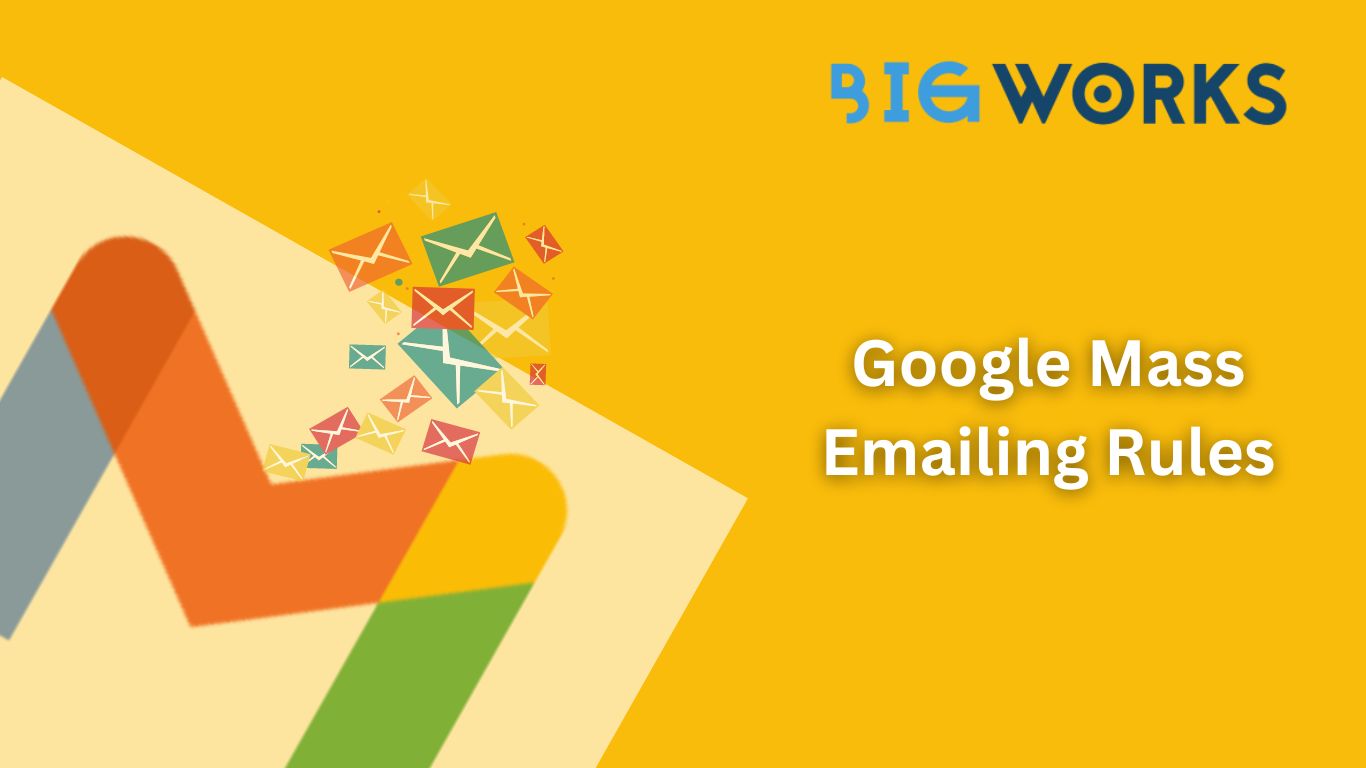Revival campaigns are an important part of any marketing strategy. Sometimes even more important than acquiring new customers as revival focuses on bringing back those who were once active.
Revival campaigns are best carried out via email as this channel is free, the best way to gauge whether your customers are still reachable and respond, and most importantly, try new strategies.
But to begin with, who qualifies as a customer who needs to be revived via your campaigns?
To determine which customers to target, one can consider:
- Customers who’ve become inactive: For example customers who haven’t made a purchase or engaged with your brand in a while are good candidates for revival campaigns.
- Different types of inactive customers: For targeted emails, identify segments of inactive customers, like ones who abandoned their shopping carts, ones who haven’t opened your emails in a specific period, or those who were regular shoppers.
- Consider different demographics: Try reviving those customers in regions where you might have recently launched services.
- Active on email: try and revive those customers who’d regularly open your emails but haven’t in a while.
- Ask what happened: Send surveys to customers to those who’ve churned out and ask what could be improved to get them back. This could also be a great way for you to get feedback and work on what could be missing.
What happens next? How is a customer revived?
Customer revival, also known as customer reactivation, should target those customers who have “churned” out of your sales cycle. They could have been paid or interested customers, but have now dissociated with your brand.
Customer revival is aimed at bringing these customers back into the fold, rekindling their interest, and encouraging them to come back to your brand and services.
So how do you do it?
How to revive customers:
- Incentives: Create campaigns targeted towards revival. Offer attractive incentives to encourage inactive customers to return, such as exclusive discounts, limited-time offers, or access to new products or services.
- Use other channels: Consider using a multi-channel approach, combining email with social media, SMS, or retargeting ads to reach inactive customers through different channels. This could spread the word about your campaign and ensure your customers don’t miss out if they’re inactive on email.
- See if they still fit your TG: Gauge if certain customers even need to be revived. Not all inactive customers will be revived, so it’s essential to continuously analyse the results of your revival email campaigns and adjust your targeting and messaging based on the performance data. Additionally, always ensure that your emails provide value and relevance to the recipients to increase the chances of re-engagement rather than plain and simple emails about regular updates.
- Examples of campaigns: Try out themes of “We miss you, here’s a discount”, or “Here’s what happened when you were gone”.
So now that you’ve done the work, how do you know how to measure a revival campaign’s success?
Here are some metrics you should track:
- Increase in Revenue: Reviving inactive customers can lead to an immediate boost in sales as they make new purchases or renew subscriptions. If you see a hike in sales after sending your emails, you’ve done it!
- Maximize Customer Lifetime Value (CLV): By re-engaging customers, you win their trust and ensure long-term profitability. Those who come back, tend to stay much longer.
- Improve Customer Retention: Reactivating customers can contribute to lower churn rates and greater customer retention, which is often more cost-effective than acquiring new customers.
- Gather Valuable Feedback: Engaging with inactive customers can provide valuable insights into why they churned out in the first place, helping you identify areas for improvement.
Successful customer revival efforts require a deep understanding of your customer’s behaviour, preferences, and pain points.
By addressing the specific reasons why customers became inactive and by providing them with compelling reasons to return, you can re-establish a positive relationship and potentially turn these once-inactive customers into loyal, active ones again.
Successfully reviving tons of customers calls for well executed email campaigns. And to execute global email campaigns without any obstacles, you need an application that can streamline all your emailing efforts. Our advice would be to try out Contacto, a application that can be integrated with Salesforce and let you send emails without a hassle!





